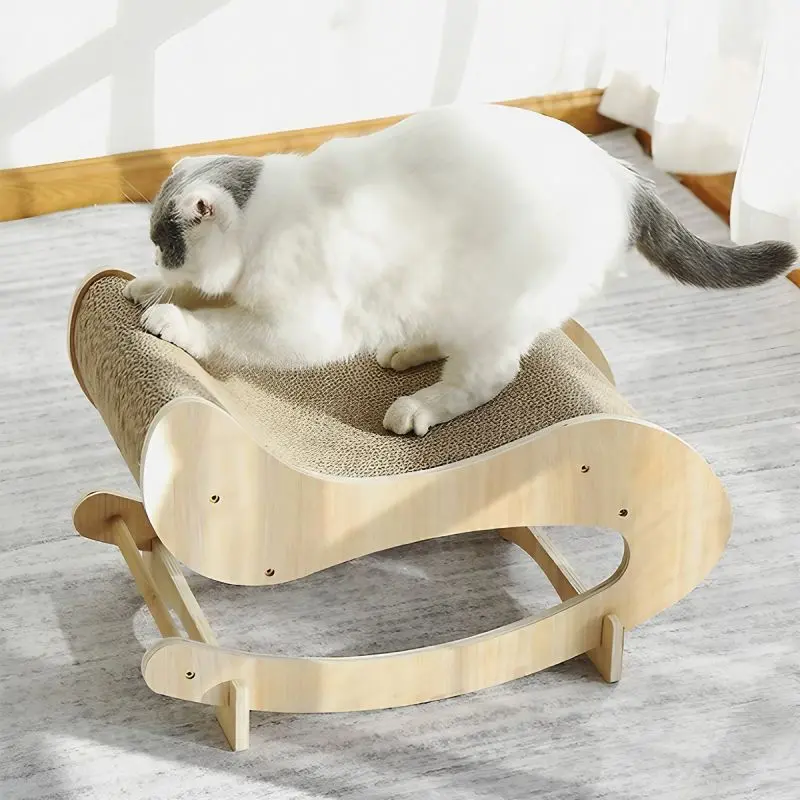As cat owners, we all love our feline friends, but dealing with the occasional accident can be unpleasant. One of the most common problems is cats peeing on bedding, and cleaning and deodorizing can be frustrating. In this blog post, we’ll guide you through effective and safe ways to remove cat urine from bedding to ensure a clean and fresh environment for you and your furry companion.
Understand the problem:
Before we delve into the remedies, let’s take a look at the root cause of improper urination in cats. Cats may pee on your bedding due to stress, medical conditions, territorial disputes, or lack of proper litter box training. It is important to address these issues and clean soiled bedding to prevent the problem from recurring.
Step 1: Act Fast
The key to successfully removing cat urine from bedding is to act quickly. The longer the stain sits, the harder it will be to remove. As soon as you notice an accident, remove the affected bedding immediately and don’t leave it lying around. Acting quickly prevents odors from penetrating deep into fabric fibers.
Step 2: Preprocessing
Flush the contaminated area thoroughly with cool water to dilute the cat urine. Avoid hot water as it can leave stains and odors. After rinsing, blot excess water with paper towels or a clean cloth. Never rub the stain, as this will only spread the stain further.
Step Three: Choose the Right Cleaner
Now that the initial cleaning is complete, it’s time to address any lingering odors and stains. There are several tried-and-true remedies for cat urine problems, including the following:
1. Baking soda and vinegar solution: Mix one cup of water, ½ cup of white vinegar, and two tablespoons of baking soda. Apply the solution to the affected area, then scrub gently with a soft brush. Let it sit for a few minutes, then blot with a clean cloth.
2. Enzyme cleaners: Enzyme cleaners are specially designed to break down urine compounds. Follow the manufacturer’s directions to make sure the product is safe for the specific fabric of the bedding.
Step Four: Wash the Bedding
After preconditioning, place the bedding in the washing machine for a thorough wash. Use the recommended amount of detergent and add a cup of white vinegar to the wash. Not only does vinegar help neutralize odors, it also acts as a natural fabric softener.
Step 5: Drying and finishing touches
After bedding is washed, dry it according to the manufacturer’s instructions. Air drying in direct sunlight is beneficial if possible, as the sun’s ultraviolet rays help remove lingering odors. Finally, do a sniff test on the bedding to make sure there are no lingering odors.
To prevent future accidents:
To prevent this type of accident from happening to your cat again, here are some preventive measures:
1. Make sure the litter box is clean, easily accessible, and located in a quiet, low-traffic area.
2. Consider using litter attractants or herbal deterrent sprays to entice cats to use the litter box.
3. If you have multiple cats, provide multiple litter boxes, following the “one plus one per cat” rule.
4. Use tranquilizers such as Feliway diffusers or pheromone sprays to relieve any stress or anxiety your cat may be experiencing.
Dealing with cat urine on bedding can be a pain, but with the right approach, it can be dealt with effectively. Quick action, proper cleaning agents, and preventive measures are the keys to successfully eliminating cat urine odor and preventing future incidents. By following these guidelines, you can maintain a clean and comfortable environment for you and your beloved feline.
Post time: Aug-02-2023

